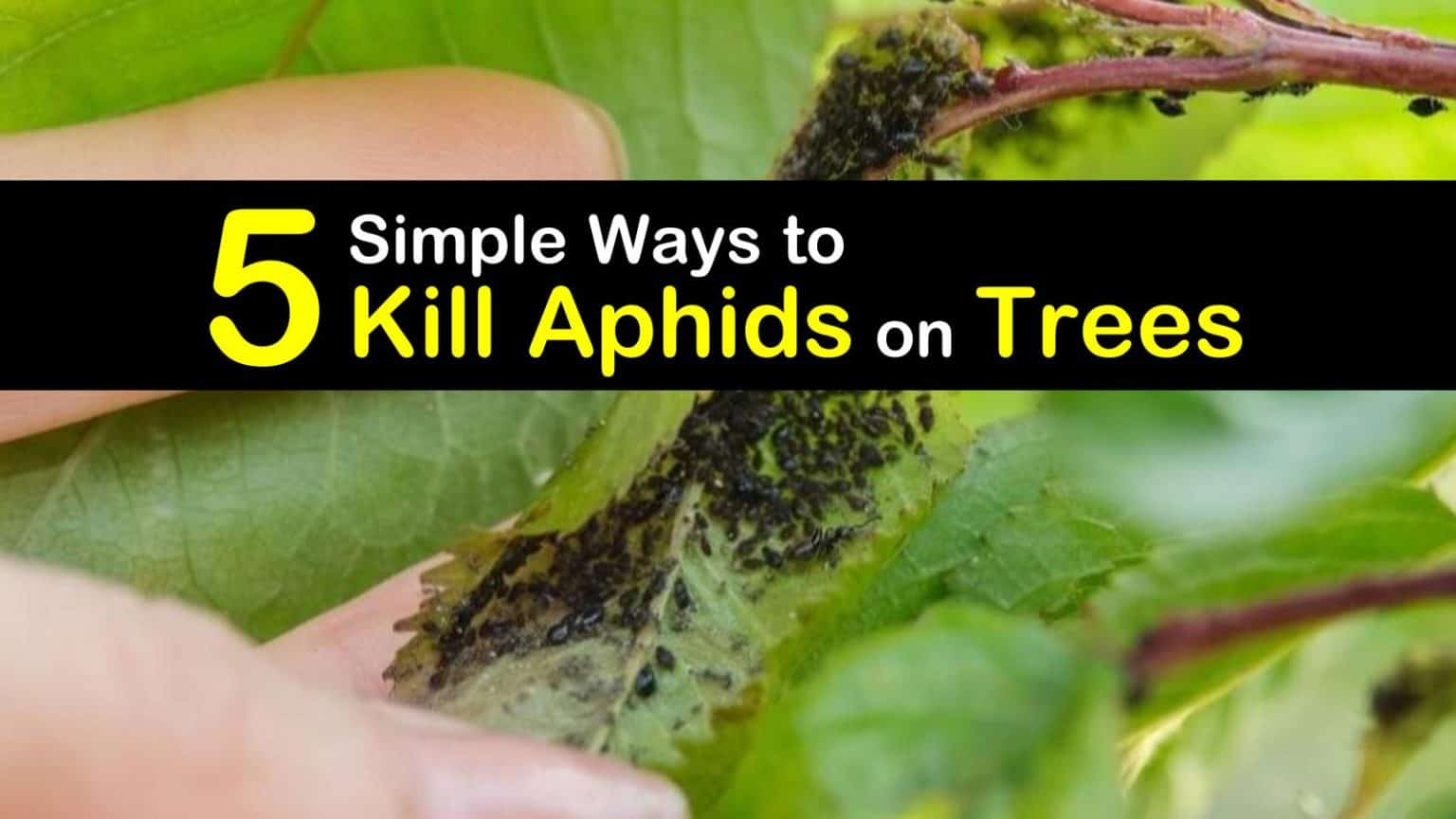Tulip trees, also known as tuliptrees or yellow poplars, are stately shade trees that brighten landscapes with their vibrant spring blooms. However, aphids can infest the foliage and sap the health from these beautiful trees. Tuliptree aphids excrete sticky honeydew that drips on surfaces below. Left uncontrolled, aphids weaken trees and detract from their beauty.
Here’s a guide to identifying, preventing, and safely getting rid of aphids on your tulip trees.
Recognizing Tuliptree Aphids
Tuliptree aphids are pale green to yellow soft-bodied insects less than 1/8 inch long. They have black antennae legs that start pale but darken toward the feet and long black cornicles on their abdomens. The eggs are laid near buds and the nymphs hatch out as buds break open in spring.
Clusters of aphids feed on the undersides of leaves, causing curling, distortion, and stunting. Their sugary excrement, called honeydew, drips down onto surfaces below the tree. Sooty black mold may grow on the honeydew. Leaf drop may increase due to the pests’ feeding.
Preventing Aphid Infestations
An ounce of prevention is worth a pound of cure when it comes to tuliptree aphids Here are some tips to avoid problems
-
Maintain tree health with proper watering, fertilization, mulching, and pruning. Healthy trees better withstand and outgrow pest damage.
-
Prune branches to open the canopy for better air circulation.
-
Remove spent flowers and dropped leaves where pests may breed.
-
Use reflective mulches early in the season to deter winged aphids from landing on trees.
-
Apply horticultural oils or insecticidal soaps before growth starts to smother overwintering eggs.
-
Attract beneficial insects like ladybugs, lacewings, and birds to your yard for natural pest control.
Safely Eliminating Aphids
If aphids do strike, here are some effective, eco-friendly treatment options:
-
Blast aphids off the tree with a strong jet of water. Do this early in the day to allow foliage time to dry.
-
Apply horticultural oil or insecticidal soap, coating the undersides of leaves. Use the lowest effective concentration and repeat applications weekly as needed.
-
Release ladybugs and other beneficial insects that feed on aphids. You can order them online and release near infestations.
-
Use neem oil, which repels aphids and disrupts their life cycle. It is available in ready-to-use formulations for easy application.
-
Apply a systemic insecticide to the soil, which will be taken up by the roots and make the tree’s tissues toxic to sucking insects.
-
Coat a band of petroleum jelly or sticky glue around tree trunks to prevent winged aphids from reaching the canopy.
When to Call a Professional
For severe infestations on large tulip trees, professional treatment is recommended. Arborists have specialized equipment to spray tall trees and access the high canopy. They can choose the safest, most effective options for your specific situation.
Experts also know the optimal application timing and treatment regimens. They’ll monitor pest populations and ensure the infestation is eliminated. This prevents aphids from rebounding and protects the long-term health of your trees.
Protect Tulip Trees with Diligence
While aphids rarely kill trees on their own, it’s best to control infestations before they escalate. Left unchecked, the pests can seriously stress trees, leaving them vulnerable to secondary invaders. No one wants to look at an unsightly, aphid-coated tulip tree dripping with honeydew.
With prompt identification and treatment, you can get aphids under control before they take over your tulip trees. Combine preventive measures with repeated applications of organic pesticides or biological controls. Maintain tree vigor through proper care. With persistence and patience, you can enjoy the graceful beauty of aphid-free tulip trees.
Get Rid of Aphids: Fast and Easy
FAQ
How do you treat aphids on tulips?
How to get rid of aphid infestation on a tree?
How do I get rid of aphids ASAP?
What is the best treatment for aphids?
Do tulip tree aphids eat leaves?
Tulip tree aphids live and feed on the undersides of leaves. Heavy infestations cause leaves to drop, and repeated infestations can reduce tree growth and canopy density. Tulip tree aphids produce copious honeydew, so leaves and surrounding surfaces are often blackened with sooty mold. Native lady beetle stalking a tulip tree aphid. Photo: SD Frank
Where do tulip tree aphids live?
Tulip tree aphids occur wherever tulip trees, their only host, grow and particularly on trees planted in landscapes and along streets. Tulip tree aphids live and feed on the undersides of leaves. Heavy infestations cause leaves to drop, and repeated infestations can reduce tree growth and canopy density.
How do you kill a tree aphids?
Saturate the tree’s foliage thoroughly, and rinse with water from the hose to kill root aphids and other species. Only apply insecticidal soap when temperatures remain between 30 and 90°F.
Do tulip tree aphids overwinter?
Tulip tree aphids overwinter as eggs that hatch in spring. There are several generations during summer and populations can increase rapidly in late spring. Natural enemies typically catch up with them and reduce the populations by early summer. Thus management is often not required.
- A Complete Guide to Caring for Yuki Cherry Blossom Shrub - January 23, 2025
- Identifying Red Hot Poker Seeds: What to Look For When Harvesting Torch Lily Pods - January 23, 2025
- A Complete Guide to Harvesting Evening Primrose Seeds - January 23, 2025

